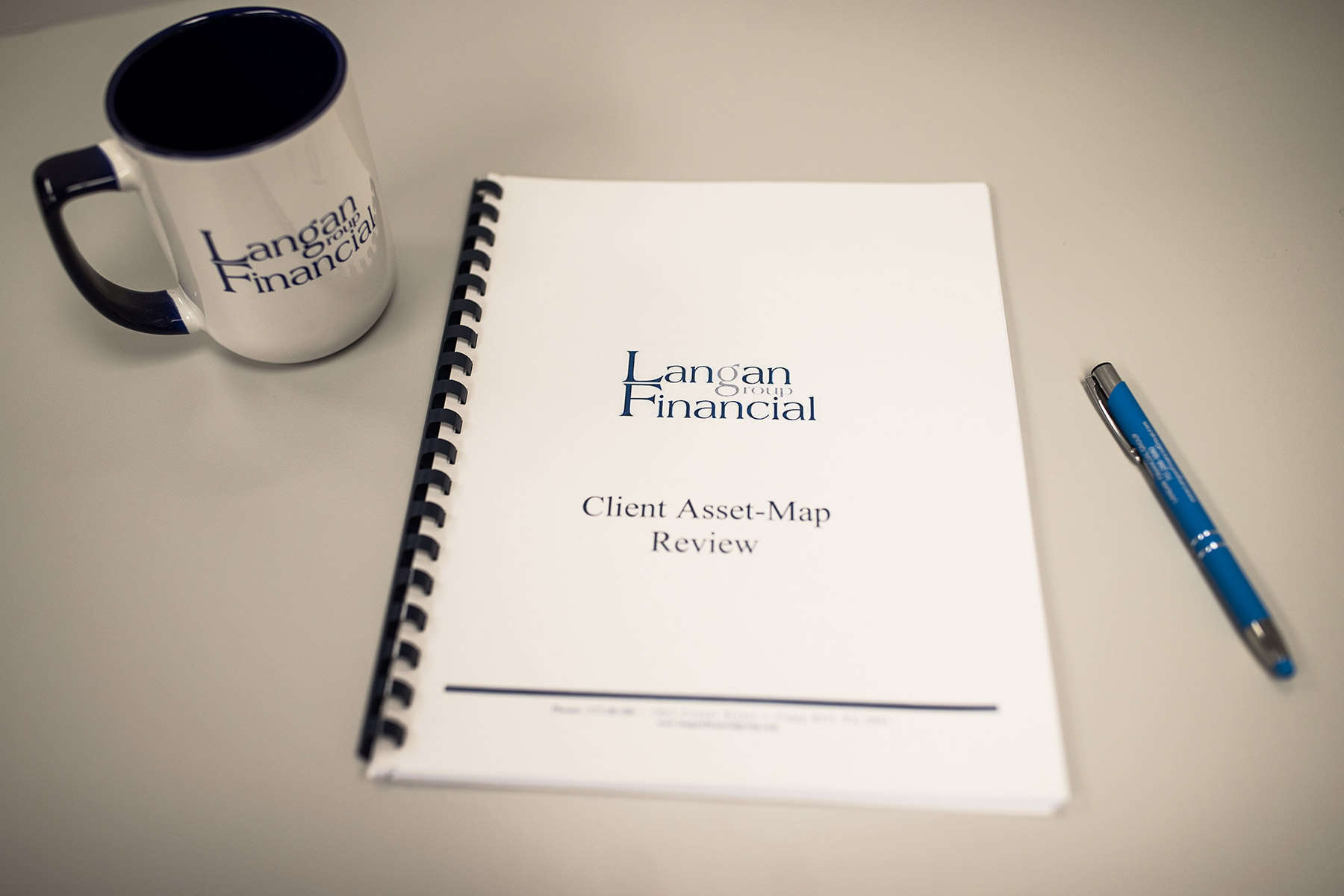Identifying waste within your company’s operations is harder than one would expect. After following the same process and procedures for months or years at a time, we do not always see the bottlenecks as we are so use to the current methodology.
Lean Sigma
Lean Sigma methodology helps companies increase their bottom line by reducing Muda, the Japanese term meaning waste. This is the key concept in lean process thinking created by Toyota in the 1990s. It proved so effective that by 2003, Toyota had profits larger than GM, Ford, and Chrysler combined, eventually gaining becoming the most valuable automotive company in the world.
When it comes to recognizing waste, there are seven elements to consider:
- Correction (a.k.a Defects) causes rework of a service or product. It wastes supplies and employees time that could be spent on more productive actions. This is an obvious area of waste, but many companies fail to track how many times they are replacing orders, fixing defects, or providing additional services due to a mistake.
- Overproduction is producing too many items earlier than is required or can be sold. Think of what goes into producing a service or product. You have labor, resources, transport costs, storage etc. You are creating all these additional costs for the company when they are not needed instead of prioritizing the time, skill, and materials elsewhere.
- Over-processing creates waste by performing unnecessary steps or adding more to the service or product than is required. Do all the parts within the service or product deliver value to your customers or are they only using a portion of what they purchase? It is common we provide clients more than they require, inserting segments of little to no value to them. These segments often add to our overhead, whether it is labor, supplies, or other resources increasing the waste within our organization.
- Conveyance (a.k.a Transportation) waste is moving materials and output unnecessarily. This could be due to resource surplus. When you take into consideration the time it takes for employees to transport material, they may likely engage other employees in conversation, disrupting their work, as well as lose track of their focus and have to review where they left off.
- Inventory is taught to owners to be an asset, after all, that’s how it is listed on the balance sheet. However, for operational purposes, it can be a disadvantage to business interests for several reasons. Large quantities of inventory wastes space, causing owners to either lease more space than is needed, or limit growth due to lack of space. It is an investment that is not returning any interest to a business and if it is not turning over quickly enough, it can lose its value and actually cost the business money. It is a time waster for individuals try to locate specific parts or items, having to sort or move product to identify the correct piece. We aren’t saying inventory is a mistake, however, not managing it correctly can do more harm for the business than good.
- Motion waste is those movements due to poor workplace design. Constantly searching or traveling for supplies within an office wastes time. By optimizing flow, the time we save increases our productivity and efficiency.
- Waiting causes owners to pay employees for no productivity. It causes deadlines to be missed, or services or products to be rushed and lowering quality. An example of this is seen when a photocopier is broken down. Employees must either wait for it to be fixed or find another way to print the needed material.
Getting lean
Waste is anything above the minimal effort, steps, and material needed to add value to a service or product. It is difficult to see waste within an organization as it grows. But as operations increase in size and complexity, it is easy to insert additional steps that are not delivering value to the customers. As you start thinking about the seven types of waste, keep a look out for future articles from us. These articles will be focused on quality improvement and outline various techniques to drive process optimization.
Securities offered through Cambridge Investment Research, Inc., a Broker/Dealer, Member FINRA/SIPC. Investment Advisor Representative, Cambridge Investment Research Advisors, Inc. a Registered Investment Advisor. Cambridge and Langan Financial Group, LLC. are not affiliated.




